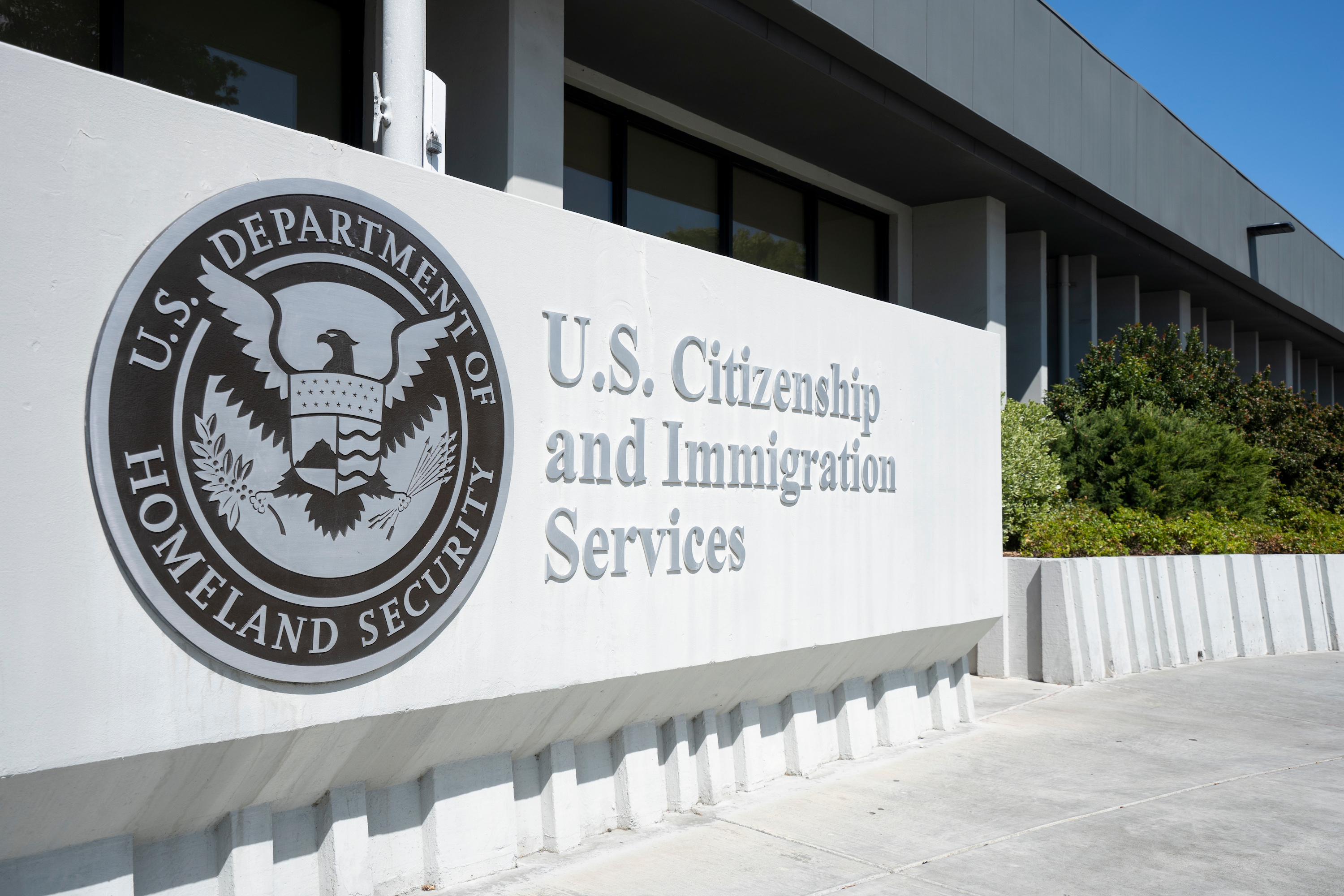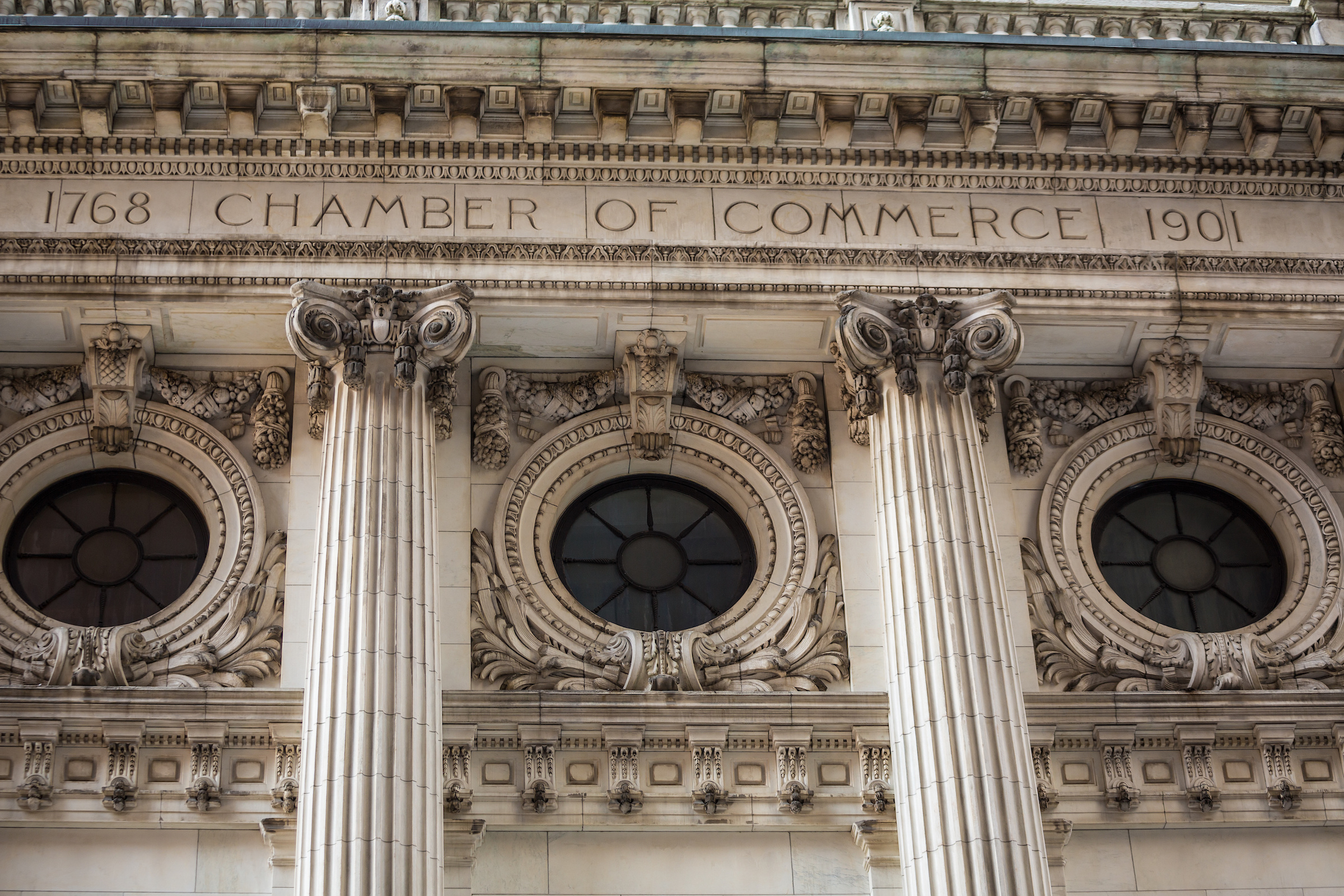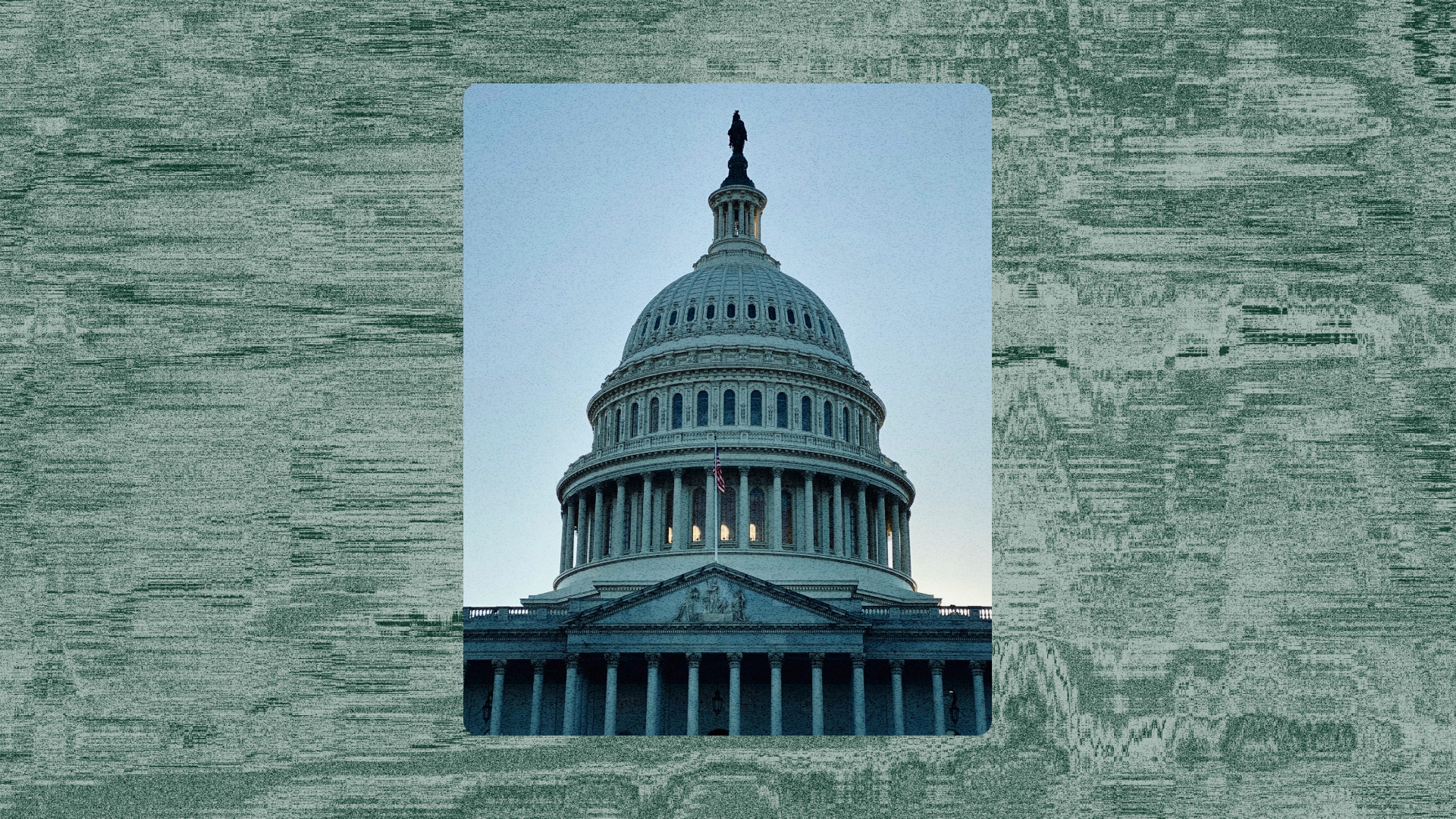
.svg)
Filings for the EB-1A extraordinary ability green card remain high in 2025, according to new data from U.S. Citizenship and Immigration Services (USCIS). Applications are up about 50% compared to last year, though growth has started to level off in recent months. But the same data shows a sharp drop in approvals for the EB-2 National Interest Waiver (NIW), which fell to 54% this quarter, the lowest level in more than a year.
{{tip-component-1}}
Strong demand, slower growth
Year-to-date, EB-1A petitions have risen sharply while quarter-over-quarter growth increased only about 2.5%. The pace of filings appears to be stabilizing as USCIS works through a growing backlog of cases.
EB-1A approvals remain strong
The approval rate for EB-1A petitions fell six percentage points this quarter to 67%, the lowest in three years but still high compared to most employment-based green cards. The overall number of EB-1A decisions remains near record levels, suggesting that strong petitions continue to succeed despite closer review.
The EB-1A backlog grew to roughly 2.5 months of pending cases, up from about 1.5 months last quarter, a 67% increase in just three months. Most of this rise appears to stem from a higher volume of Requests for Evidence (RFEs) and Notices of Intent to Deny (NOIDs), which keep cases open longer while petitioners provide additional documentation.
{{newsletter-component}}
Closer look: the RFE effect
The growing EB-1A backlog likely reflects a wave of RFEs and NOIDs. When USCIS requests additional evidence, cases remain pending for two to three months before reentering adjudication, which can temporarily lower approval rates.
Based on typical RFE response timelines, the full impact of this review surge may not appear in approval data for six months or more.
What applicants can do:
- Submit comprehensive documentation with the initial filing, including publications, media coverage, awards, and detailed letters.
- Treat an RFE as part of the process and respond thoroughly.
- Build extra time into planning, as review periods are likely to lengthen.
Country trends
EB-1A filings from India and Nigeria increased sharply this year, while filings from China declined by about 40%. Chinese applicants still account for roughly one-fifth of all EB-1A approvals. The shift mirrors broader global talent trends, as more professionals from emerging innovation hubs turn to self-sponsored immigration routes.
National Interest Waivers see more scrutiny
Approval rates for the EB-2 National Interest Waiver (NIW) fell 13 percentage points to 54%, while the backlog nearly doubled to 4.3 months of pending cases. Petition volume dropped slightly, but review times continue to rise.
Early signs suggest USCIS may be applying stricter standards to “national interest” arguments, especially in fields such as technology, consulting, and research.
O-1 petitions remain steady
The O-1 visa for individuals with extraordinary ability continues to be one of the most reliable employment-based options, with approval rates above 90% throughout the year. For professionals seeking to work in the United States while preparing for a green card, the O-1 remains a dependable bridge.
Family-based filings show mixed trends
Family immigration volumes are stabilizing after post-pandemic surges. I-130 family sponsorship petitions dropped 23% year-over-year. Removal of Conditions (ROC) filings nearly doubled, up 96% from last year, as more conditional residents reach the two-year mark.
K-1 fiancé visa filings remained steady, though processing times increased from 5.7 to 7.2 months.
Making sense of the data
Even as review times lengthen, the extraordinary ability and national interest waiver categories remain strong options for professionals who can demonstrate significant achievements.
Start early and build comprehensive evidence. Anticipate potential RFEs, and consider the O-1 as a short-term option while pursuing a green card. Monitoring quarterly USCIS data can help applicants plan strategically and set realistic expectations.
What to watch in Q4
- Whether the surge in RFEs continues or begins to normalize
- How quickly USCIS reduces the EB-1A backlog
- Whether NIW approvals rebound as adjudication standards stabilize
Boundless tracks USCIS data each quarter to help applicants understand how policy and processing trends affect real cases.
{{cta-component-horizontal-aligned}}
EB-1A filings: Up 50% year-over-year, showing continued strong demand for extraordinary ability green cards.
EB-1A approval rate: 67%, down six points but still among the highest of all employment-based categories.
EB-1A backlog: 2.5 months pending, up 67% from last quarter.
NIW approval rate: Down 13 points to 54%, reflecting possible increased scrutiny from USCIS.
O-1 approval rate: Above 90%, steady year-over-year.
I-130 petitions: Down 23% year-over-year.
Removal of Conditions filings: Up 96% year-over-year.
.png)
Filings for the EB-1A extraordinary ability green card remain high in 2025, according to new data from U.S. Citizenship and Immigration Services (USCIS). Applications are up about 50% compared to last year, though growth has started to level off in recent months. But the same data shows a sharp drop in approvals for the EB-2 National Interest Waiver (NIW), which fell to 54% this quarter, the lowest level in more than a year.
{{tip-component-1}}
Strong demand, slower growth
Year-to-date, EB-1A petitions have risen sharply while quarter-over-quarter growth increased only about 2.5%. The pace of filings appears to be stabilizing as USCIS works through a growing backlog of cases.
EB-1A approvals remain strong
The approval rate for EB-1A petitions fell six percentage points this quarter to 67%, the lowest in three years but still high compared to most employment-based green cards. The overall number of EB-1A decisions remains near record levels, suggesting that strong petitions continue to succeed despite closer review.
The EB-1A backlog grew to roughly 2.5 months of pending cases, up from about 1.5 months last quarter, a 67% increase in just three months. Most of this rise appears to stem from a higher volume of Requests for Evidence (RFEs) and Notices of Intent to Deny (NOIDs), which keep cases open longer while petitioners provide additional documentation.
{{newsletter-component}}
Closer look: the RFE effect
The growing EB-1A backlog likely reflects a wave of RFEs and NOIDs. When USCIS requests additional evidence, cases remain pending for two to three months before reentering adjudication, which can temporarily lower approval rates.
Based on typical RFE response timelines, the full impact of this review surge may not appear in approval data for six months or more.
What applicants can do:
- Submit comprehensive documentation with the initial filing, including publications, media coverage, awards, and detailed letters.
- Treat an RFE as part of the process and respond thoroughly.
- Build extra time into planning, as review periods are likely to lengthen.
Country trends
EB-1A filings from India and Nigeria increased sharply this year, while filings from China declined by about 40%. Chinese applicants still account for roughly one-fifth of all EB-1A approvals. The shift mirrors broader global talent trends, as more professionals from emerging innovation hubs turn to self-sponsored immigration routes.
National Interest Waivers see more scrutiny
Approval rates for the EB-2 National Interest Waiver (NIW) fell 13 percentage points to 54%, while the backlog nearly doubled to 4.3 months of pending cases. Petition volume dropped slightly, but review times continue to rise.
Early signs suggest USCIS may be applying stricter standards to “national interest” arguments, especially in fields such as technology, consulting, and research.
O-1 petitions remain steady
The O-1 visa for individuals with extraordinary ability continues to be one of the most reliable employment-based options, with approval rates above 90% throughout the year. For professionals seeking to work in the United States while preparing for a green card, the O-1 remains a dependable bridge.
Family-based filings show mixed trends
Family immigration volumes are stabilizing after post-pandemic surges. I-130 family sponsorship petitions dropped 23% year-over-year. Removal of Conditions (ROC) filings nearly doubled, up 96% from last year, as more conditional residents reach the two-year mark.
K-1 fiancé visa filings remained steady, though processing times increased from 5.7 to 7.2 months.
Making sense of the data
Even as review times lengthen, the extraordinary ability and national interest waiver categories remain strong options for professionals who can demonstrate significant achievements.
Start early and build comprehensive evidence. Anticipate potential RFEs, and consider the O-1 as a short-term option while pursuing a green card. Monitoring quarterly USCIS data can help applicants plan strategically and set realistic expectations.
What to watch in Q4
- Whether the surge in RFEs continues or begins to normalize
- How quickly USCIS reduces the EB-1A backlog
- Whether NIW approvals rebound as adjudication standards stabilize
Boundless tracks USCIS data each quarter to help applicants understand how policy and processing trends affect real cases.
{{cta-component-horizontal-aligned}}
Easy. Online. Immigration.
Take our short visa planning quiz to get started.
.png)
.png)








.svg)
.avif)